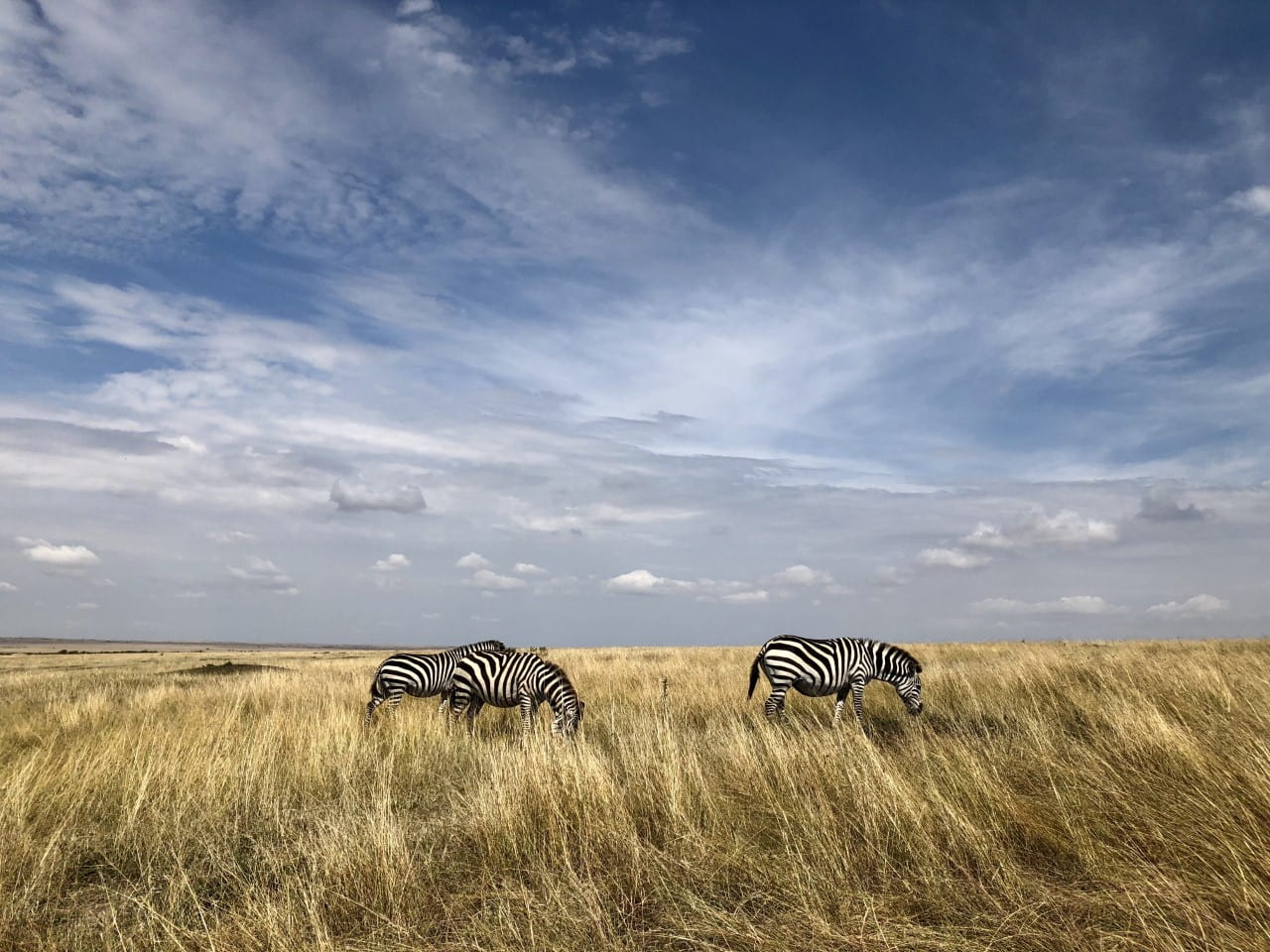Nelson and Maggie Reiyia watched in despair as their community slowly fell into decline despite tourism profits from nearby Maasai Mara National Reserve. As indigenous Maasai themselves, the Reiyias were determined to reinvigorate their community despite the massive forces of ‘big’ conservation and outside development. Thus, they set out to create the first Maasai-run conservancy in the history of Kenya and reconnect their people, culture, and livestock to the land and its wild inhabitants.
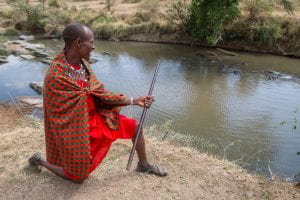
Historically, the Maasai and other Kenyan tribes occupied these lands until Western colonial powers began to forcibly move people to make room for themselves and their ever expanding game reserves. Sadly, there is a long history of colonial and post-colonial entities removing people from their lands in the name of conservation and game management. This tendency to ‘Other’ people unlike us – that is, to assume their inferiority as humans – continues to taint conservation and often results in counterproductive efforts to save endangered species.
Sadly, this model of conservation has been adopted the world over and partly stems from the assumption that Indigenous people lack the ability to govern themselves or the knowledge to sustainably manage their lands. Yet, in the case of the Maasai, they have occupied the landscape long enough for it to become an integral part of their culture and worldview. Of course this is hardy meant to reference to the outdated ‘noble savage’ cliché; rather, it is an attempt to force us to consider who was already managing these lands and critical resources before the colonizers arrived.
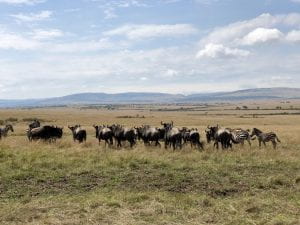
An additional assumption held by Western society and much of modern conservation is that people should be removed from their lands in order to establish pristine areas for wildlife. Enter the additional force of tourism – a massive economic influence that often turns sentiments against local populations thought to be spoiling the landscape, competing with wildlife, and over-hunting the animals we so desperately seek on our travels. Don’t get me wrong, tourism can be a positive source of income for a region. But when money takes precedence over people depending on ancestral lands, it is unethical at best.
Finally, we cannot forget the horrid calls to shoot poachers on-sight and emotional outcries against trophy hunting. In our Western need to anthropomorphize wildlife, especially the ‘cute’ or charismatic animals, we fail to see the socioeconomic complexities of people and place. We also have to remind ourselves these are not our animals to govern. These animals – if they can be thought of to belong to anyone – are clearly in the domain of the countries in which they reside and the people living among them. In other instances, certain animals represent a critical source of local income through legal trophy hunting. But as we saw with the ‘Cecil the Lion’ outrage, the Western world is appalled at the thought of killing a lion for any reason while giving little thought to the ribeye steak on our dinner plate.
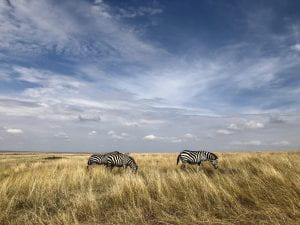
Conservation is complicated so we have to look at the bigger picture. It is often as much about humans as it is about wildlife and ‘wild’ spaces. The combined result of ‘Othering’ indigenous populations and disregarding their traditional ecological knowledge, while simultaneously anthropomorphizing wildlife and claiming ownership over entire ecosystems, has led us to our current circumstances. While many conservation initiatives are beginning to take local and Indigenous voices into account, the unfortunate fact is that neocolonial conservation is alive and well.
Over the last decade I have watched as the push for social science integration with conservation biology has slowly gained momentum. Such calls for interdisciplinary approaches have arisen from the desperate need to better understand the multifaceted human dimension of conservation. ‘Fortress conservation’ and the forced removal of people from their lands, or lack of access to resources and profits from their lands, are outdated practices and clear human-rights violations. From conservation to tourism, local cultures have a right to be included. In fact, research from myself and others has demonstrated that when communities are intimately involved there is an increased likelihood of long-term conservation success.
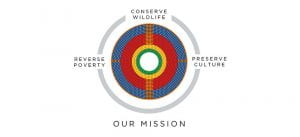
After hearing Nelson and Maggie Reiyia speak at UAB about their indigenous-run conservancy and the advances they have achieved for both their cultural and biological heritage, I believe there is hope that we can shift the narrative of conservation to one that is more inclusive and ethical. Simply put, supporting initiatives like the Nashulai Conservancy can help push back against ongoing injustices and bring human rights to the forefront of conservation.
Sherrie D. Alexander, MA
University of Alabama at Birmingham, Researcher and Instructor of Anthropology
IUCN Primate Specialist Group, Section for Human-Primate Interactions, Member
Barbary Macaque Awareness and Conservation, North American representative
Land acknowledgement: The University of Alabama at Birmingham is located on the traditional lands of the Muskogee Creek Indians.
